Return to News Center
Battery Life of Projector Screens
 Reviewed:0
Release time:2025-09-13
source:About Us
Reviewed:0
Release time:2025-09-13
source:About Us
Guide:
The battery life of projector screens is a crucial factor that significantly impacts the usability and convenience of these devices, especially in scenarios where a constant power source is not readily available. Projector screens with battery - powered functionality offer the flexibility of being u

The battery life of projector screens is a crucial factor that significantly impacts the usability and convenience of these devices, especially in scenarios where a constant power source is not readily available. Projector screens with battery - powered functionality offer the flexibility of being used in various locations without the need to be tethered to an electrical outlet, making them ideal for outdoor events, mobile presentations, and other off - grid applications.
The actual battery life of a projector screen depends on several key elements. Firstly, the capacity of the battery plays a fundamental role. Larger - capacity batteries, typically measured in milliampere - hours (mAh), generally provide longer operation times. For example, a projector screen equipped with a 10,000 mAh battery will likely offer more extended usage compared to one with a 5,000 mAh battery, assuming all other factors remain constant. However, larger - capacity batteries also tend to be bulkier and heavier, which can affect the portability of the projector screen.
Another significant factor influencing battery life is the power consumption of the projector screen itself. Different models may have varying levels of power usage based on their features and functionality. Screens with motorized mechanisms for automatic deployment and retraction, as well as those with built - in lighting or additional connectivity options, will generally consume more power than basic manual screens. Additionally, the size of the screen can impact power consumption. Larger screens may require more energy to operate the motors or maintain their structural integrity during use, thus reducing the overall battery life.
The operating conditions also have an impact on battery performance. Extreme temperatures, whether too hot or too cold, can decrease the efficiency of the battery and shorten its lifespan. For instance, using a projector screen in sub - zero temperatures can cause the battery's chemical reactions to slow down, resulting in reduced capacity and shorter operation times. To optimize battery life, users are often advised to keep the projector screen within the recommended temperature range and avoid exposing it to harsh environmental conditions.
Manufacturers are constantly working on improving the battery life of projector screens. Advancements in battery technology, such as the development of lithium - ion polymer batteries, offer higher energy densities, allowing for longer operation times in a more compact form factor. Some models also come with power - saving features, like automatic standby modes when the screen is not in use, which help extend the battery life. As the demand for portable and versatile projector screens continues to grow, enhancing battery life remains a key area of focus for both manufacturers and consumers.
Read recommendations:
HW40 Home Cinema - HW Series Projector
Performance Comparison of Projectors
Understanding Projector Lens Shif
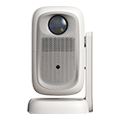
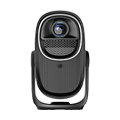



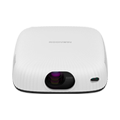
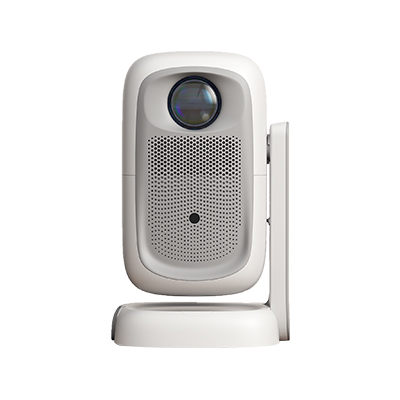
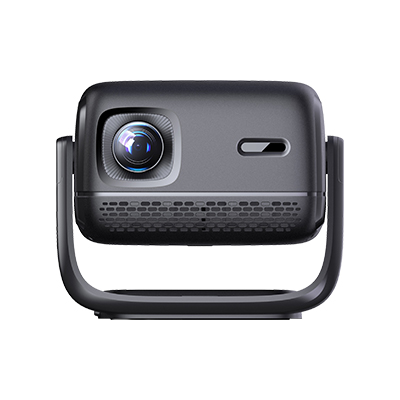
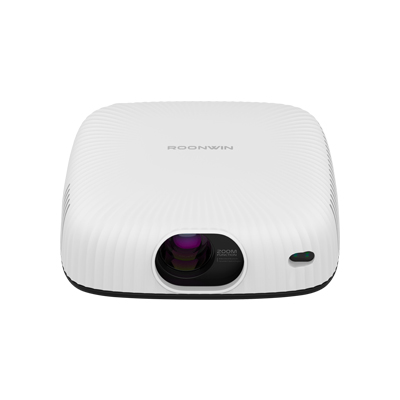









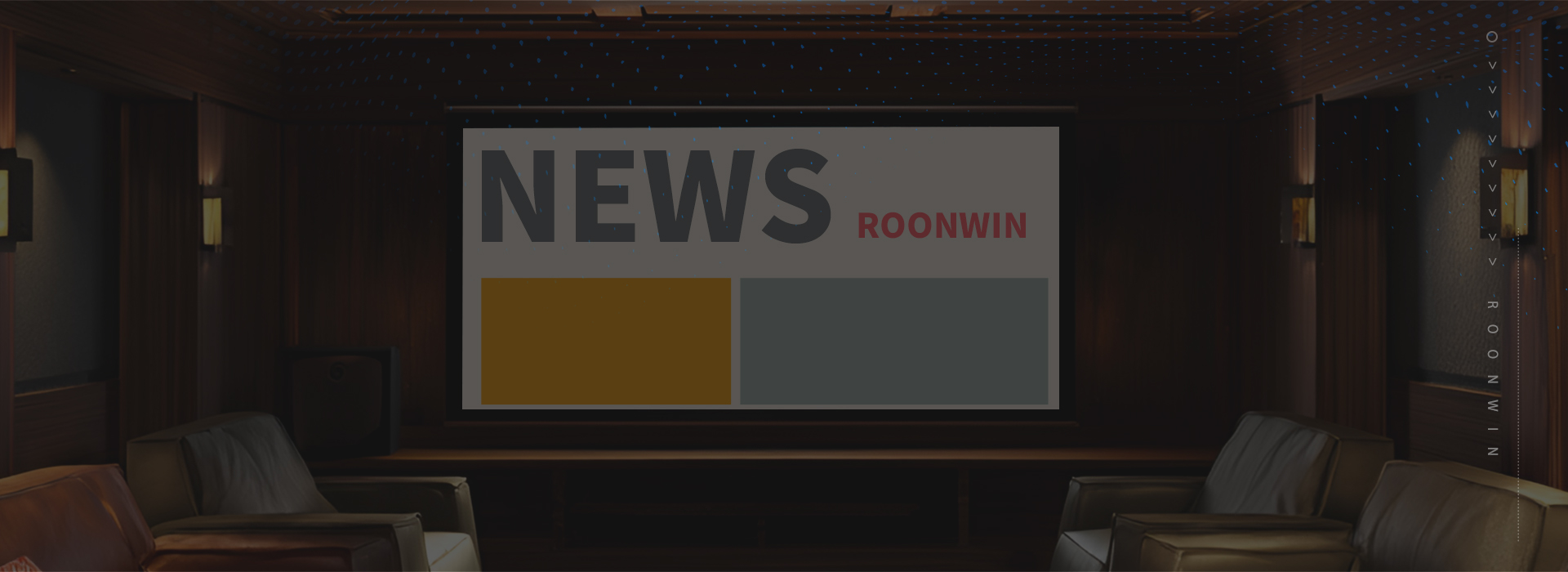
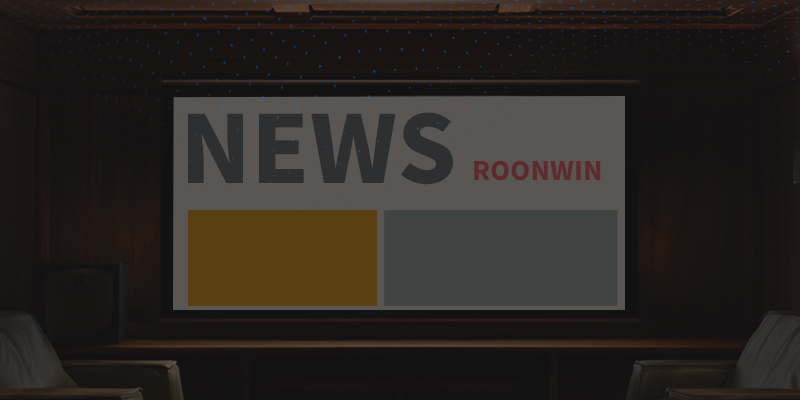
 Reviewed:
Reviewed:











